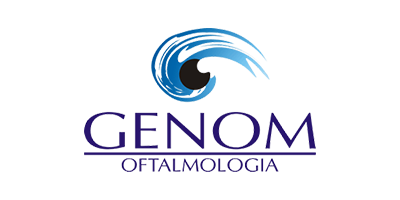
Sessão de Relato de Caso
Código
RC112
Área Técnica
Neuroftalmologia
Instituição onde foi realizado o trabalho
- Principal: Hospital Oftalmologico de Brasilia
Autores
- LUCAS OLIVEIRA CINTRA (Interesse Comercial: NÃO)
- Natanael Abreu Sousa (Interesse Comercial: NÃO)
- Julia Mendonca Ponte Souza (Interesse Comercial: NÃO)
Título
SNOW VISION SYNDOME - COLOUR-FILTERED GLASSES: A NON-PHARMACOLOGICAL TREATMENT OPTION
Objetivo
To present a rare case of visual impairment, often undiagnosed.
Relato do Caso
The 16-year-old autist (Asperger's Syndrome) complains of distorted vision, bilateral, associated with colored spots with a pattern of drizzle, started 4 years ago. He had an overlapping picture of black spots in the central field of the right eye, in a row, which disappeared in a few days. He also refers palynopsy, kinesthesia, photophobia and sporadic headache. The patient had uncorrected visual acuity of 20/25 in both eyes and normal intraocular pressure and biomicroscopy. On fundus examination, cupping of 0.7x0.7 in the right eye and 0.6x0.6 in the left eye. The retinal mapping confirmed asymmetry of the optic nerve, no further alterations. The Farnsworth exam shown color vision within normal limits, visual field with decrease in sensitivity and scotomas in both eyes. Glaucoma OCT and retinal scan with normal results, corneal topography with irregular astigmatism. He had normal external ocular motility, no deviations, with normal Titmus. Cranial magnetic resonance and electroencephalogram were normal. Then, 25 mg of lamotrigine was prescribed daily, but the mother refused, so yellow lenses was tested, reducing the symptoms and being prescribed.
Conclusão
The pathophysiology hypothesis is that the involvement is in the processing of visual information in the supplementary visual cortex. The onset usually occurs in childhood, often discovering the condition accidentally when comparing their vision with someone else, and can also start abruptly. Migraine and tinnitus are associated conditions, which suggests that the pathophysiological mechanism may be related. The most accepted pharmacological treatment is lamotrigine, effective in 22% of cases, usually with partial response. This poor response to drugs suggests that the condition is more of a syndrome than a single-mechanism disease. Another treatment option are lenses with colored filters, with the blue-yellow spectrum showing the best response (92% of the patients showing partial improvement in symptoms.













